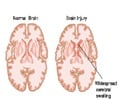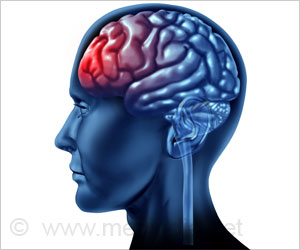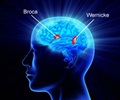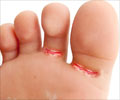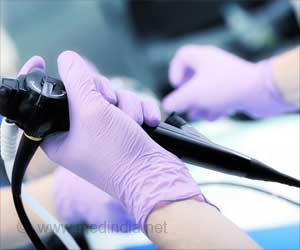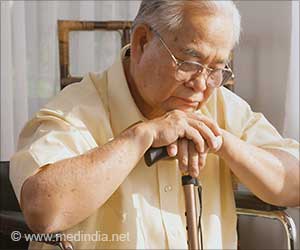In patients with traumatic brain injury, light therapy was found to be safe and had measurable effects, revealed research.
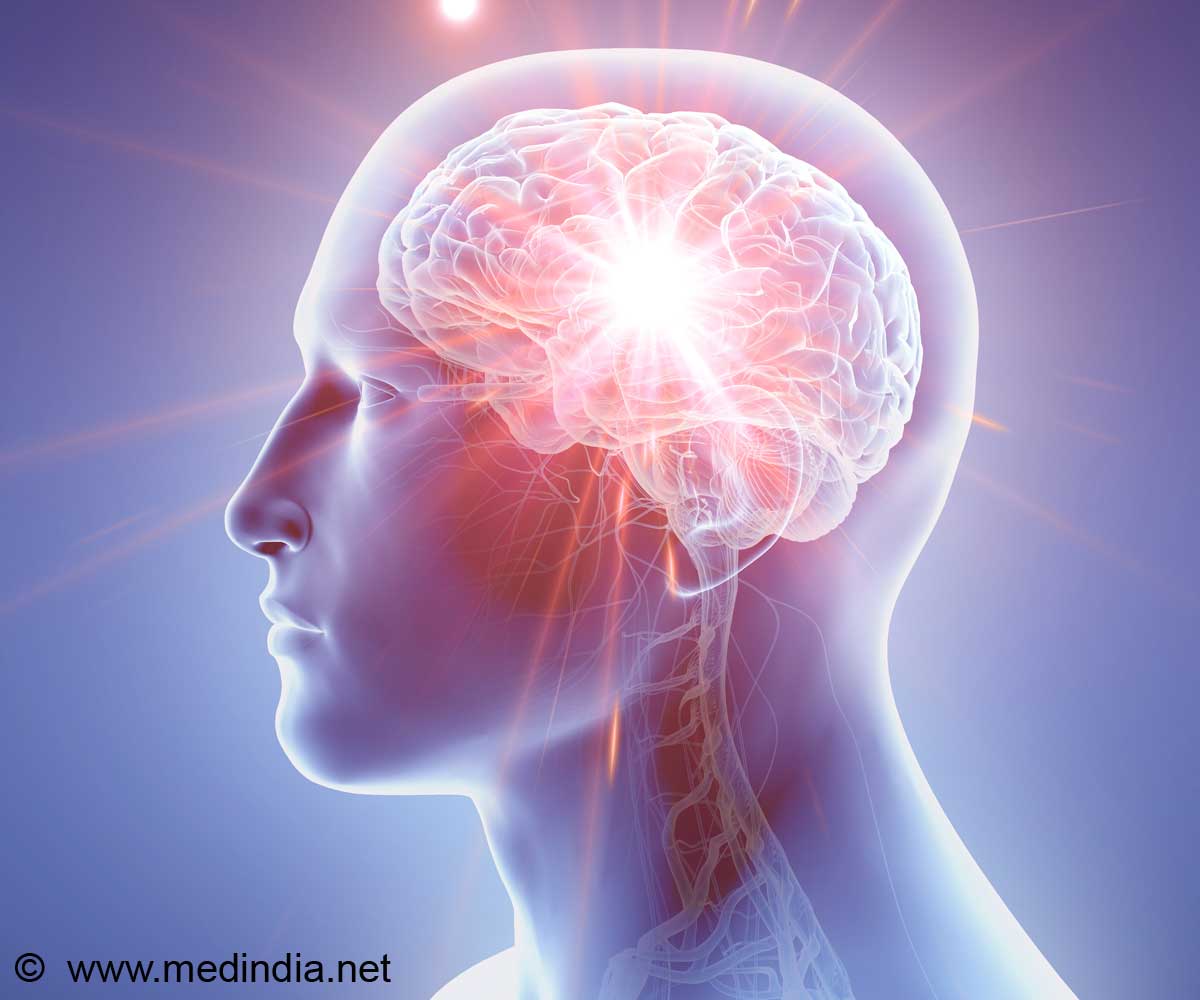
‘Transcranial LED therapy is a promising area of research, with potential to help various brain disorders where therapies are limited. ’





"For this study, we designed a practical, near-infrared treatment based on Wellman Center research and working directly with DOD on the vexing problem of TBI, a condition faced by so many," says Rox Anderson, MD, the center's director. Another challenge was optimizing the wavelength of the near-infrared LLLT. "Nobody knows how much light you need to get the optimal effect," explains Lynn Drake, MD, one of the study co-authors and director of business development at the Wellman Center. "We tried to optimize the wavelength, dosing, timing of delivery, and length of exposure."
Near-infrared LLLT has already been used for multiple purposes until now. It has been studied in stroke patients.
Clinical Trial Details
- 68 patients with moderate traumatic brain injury were divided into two groups.
- The 1st group received LLLT, via the special helmet designed by Vakoc's team at Wellman, which delivered the light.
- The 2nd group (control) wore the helmet for the same amount of time, but did not receive the treatment.
- Two groups were tested for neuroreactivity using quantitative magnetic resonance imaging (MRI) metrics.
- They underwent neurocognitive function assessment.
- 28 patients who completed at least one LLLT session reported no adverse reactions.
- Significant differences in myelin's integrity surrounding the neurons of treated patients versus the control group were noted.
- It is the leading cause of traumatic injury worldwide.
- An estimated 69 million people experience such an injury every year.
- Annually, about 1.5 million Americans survive a traumatic brain injury (TBI).
- No proper treatments are available so far.

